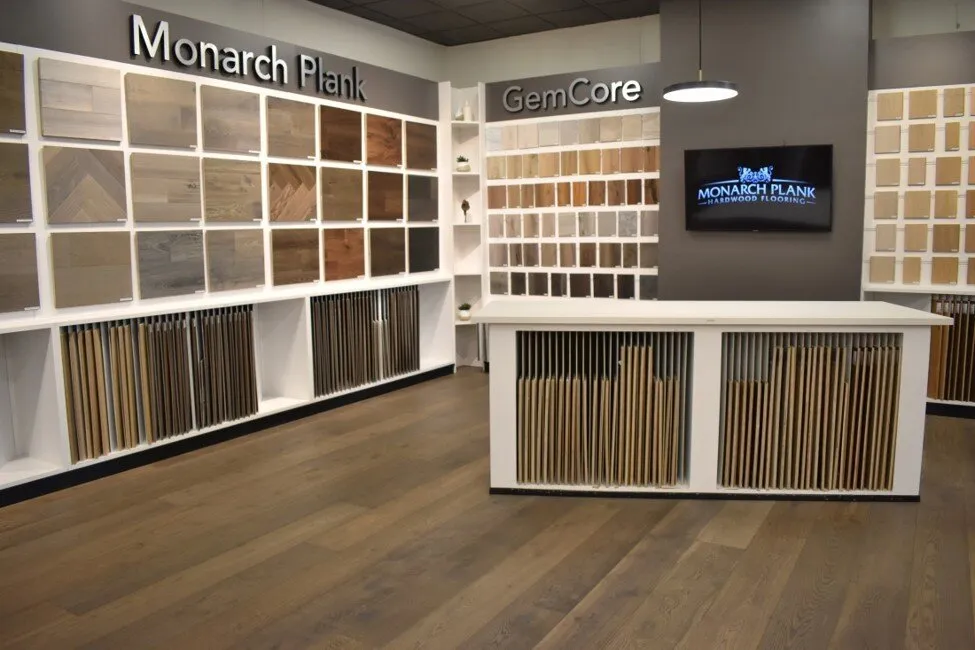Table of Contents
WHEN ORDERING ENGINEERED wood products, it’s important to understand what you will get—superior quality materials, or inferior products that won’t perform.
APA certifies engineered wood products to some of the most stringent standards in the world. The standards, PS 1 for plywood only, and PS 2 for all structural wood panels, are designed to assess the ability of engineered products to perform in their intended application and are tested for installed attributes such as concentrated load, uniform load, bond performance and expansion with moisture content. Complementary standards in Canada are CSA-O121 for Douglas-fir plywood and CSA-O325 for all structural wood panels. Structural elements such as structural composite lumber and wood I-joists are tested to develop appropriate design values for bending, tension, shear and compression. SCL is certified to ASTM D5456 and wood I-joists are certified to ASTM D5055.
Once certified, engineered wood products are evaluated based on a strong quality assurance policy that includes reviewing mill quality procedures, APA third party audits of the mill quality system and quality testing that verifies the quality and performance of engineered wood products. Finally, APA’s quality assurance policies have proactive steps to ensure quality issues are dealt with promptly.
Qualified products are then authorized by APA so the products can bear a trademark that clearly identifies where and how it can be installed. Structural panels are evaluated for qualification and quality assurance that results in a trademark for a specific span for roofs, walls or floors, or for uses such as concrete form. Structural composite lumber certified by APA will bear a trademark for the elasticity design grade and often the design strength grade. Again, the quality assurance auditing and testing provides assurance the quality of the material matches the grade stamped on the product.
Imported panels, in comparison, could come in three different categories, and the purchaser needs to be aware of the implications. In one instance, it could be an imported engineered wood product that has a similar span rating or grade information as APA uses, but the product quality may not be the same as an APA stamped product. A second instance could be an imported engineered wood product that is trademarked to a foreign standard. The standard could be legitimate, but a foreign standard will not have a North American span or grade rating. How will a purchaser in North America figure out the correct application for the panel?
In a third instance, the panel may identify the source of the product, the thickness and the manufacturer—but if there is no standard reference listed in the trademark, there’s no telling how it was made and whether the combination of glue, wood species and manufacturing will result in a product with adequate structural performance.
In some cases, the panel might have a clear face with an attractive pattern, and it could look like a 3/4” panel that could be used in a structural application. But without a standard in the trademark, the wood species used could have inferior strength and stiffness, the glue could have inferior moisture performance or high formaldehyde emissions, and the degree of quality assurance is completely unknown. An APA trademark provides the assurance of appropriate qualification and quality assurance evaluation that yields a product that provides performance matching the product trademark.
APA has responded to inquiries in the past of questionable trademarks, particularly on structural panels. In certain cases, APA noted that panel stiffness was low in comparison to the product trademark rating. In some of the panels, the bond quality was low, and formaldehyde emissions were higher than normal for North American structural panels.
When purchasing engineered wood products, such as panels, structural composite lumber, wood I-joists, glulam beams or cross-laminated timber, the APA trademark provides the assurance of a quality product that will consistently perform as labeled for span rating or grade.









